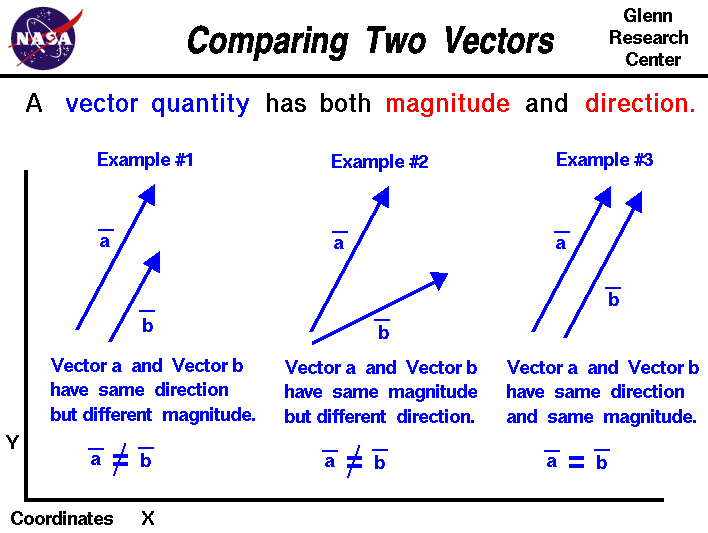
 |
|
#201
|
||||
|
||||
|
Quote:
Quote:
__________________
Theres a reason for instrumenting a plane for test..
That being a pilots's 'perception' of what is going on can be very different from what is 'actually' going on. |
|
#202
|
||||
|
||||
|
Sadly, any real-life pilot can confirm it. The MsFS is very excellent on-board systems, avionics and instrument flight simulation. But the flight model is a large pile of xxxx...
__________________
 i7 7700K 4.8GHz, 32GB Ram 3GHz, MSI GTX 1070 8GB, 27' 1920x1080, W10/64, TrackIR 4Pro, G940 Cliffs of Dover Bugtracker site: share and vote issues here |
|
#203
|
||||
|
||||
|
Quote:
Bottom line is I'll have to use the Rotol set to 2600 rpm which is the prop speed I manually maintained in the A2A FSX model. As the 2 pitch props were capable of being converted to CSPs in the field I am assuming they used the same blades.
__________________
klem 56 Squadron RAF "Firebirds" http://firebirds.2ndtaf.org.uk/  ASUS Sabertooth X58 /i7 950 @ 4GHz / 6Gb DDR3 1600 CAS8 / EVGA GTX570 GPU 1.28Gb superclocked / Crucial 128Gb SSD SATA III 6Gb/s, 355Mb-215Mb Read-Write / 850W PSU Windows 7 64 bit Home Premium / Samsung 22" 226BW @ 1680 x 1050 / TrackIR4 with TrackIR5 software / Saitek X52 Pro & Rudders |
|
#204
|
||||
|
||||
|
Quote:
Climb rate without speed is useless information. All aircraft performance occurs at a specific point on Power required curve and is fixed by the design of the aircraft. If speed is held constant, the aircraft is not maintaining the best performance point on the Pr curve. http://home.pcisys.net/~aghorash/Why...h_Altitude.pdf http://aerosrv.cls.calpoly.edu/dbiez...20and%20Vy.pdf http://www.pprune.org/tech-log/343259-vx-vy.html http://williams.best.vwh.net/smxgigpdf/mfly2.pdf Last edited by Crumpp; 01-18-2012 at 02:02 PM. Reason: added more information for folks to reference and learn the correct physics |
|
#205
|
|||
|
|||
|
Yes, and in second year they learn that there always are exceptions to the rule, and thus it's "hardly ever" and not "never". An example for an exception has already been given in this topic, so feel free to educate yourself.
|
|
#206
|
||||
|
||||
|
Quote:
|
|
#207
|
||||
|
||||
|
Gentlemen!
So many of these arguments seem to based on interpreting an slightly ambiguous statement to make it wrong. Quote:
Quote:
Vx (IAS for best climb angle) and Vy (IAS for best rate of climb) will never be constant with altitude." This is true enough but I know a flight instructor that had it a bit confused Quote:
Quote:
It is quite hard to write unambiguously in technical detail, and anyone's forum posts are likely to fall down on this now and again regardless of their aviation knowledge. But instead of jumping on it as evidence of moron, why not have a lovely big glass of wine? Of course that is what I am doing AND writing this post, so maybe you can do both if you really want to 2007 Reisling, camber |
|
#208
|
|||
|
|||
|
Oh, an educated voice of reason with good manners, what a refreshing sight. I sure hope to see you around for a long time!
|
|
#209
|
||||
|
||||
|
Quote:
He just appears to be a little confused with regards to 'vector math' (what he called correct physics). That being the resultant (single) vector that is the equivalent of a set (more than one) of vectors. Where is is possible to have a resultant vector with constant magnitude as it changes direction. In this case the 'resultant' vector is IAS, that is the equivalent of the Vx and Vy set of vectors From the spitfire test data we can see it maintained a constant IAS for most of the climb, but at the same time the ROC changed as the spitfire climbed. Mathematically speaking, the resultant vector (IAS) 'direction' changed to maintain the resultant vector (IAS) 'constant magnitude'. In the case of the spitfire ROC test the 'climb angle' changes which in turn changes the direction of the resultant vector (IAS). Which in turn changes the magnitude of Vy and Vx. Note in this case Vy is equal to the ROC, the vertical component and Vx is equal to the horizontal component (i.e. earth frame of reference aka coordinate system) At this point I think it would help those having trouble with vector math to check out the following link.. Comparing Two Vectors Paying special attention to Example #2, vectors with same magnitude but different directions, i.e.  And just to be crystal, allow me to say this again, the 'constant' climb speed statement was more of a test pilot term.. It did not mean they kept it constant down to three decimal places, that is just humanly impossible. What it meant was 'when' you change the IAS during the climb as required, the change should be made as smoothly as possible such that the change in acceleration was kept as small as possible.
__________________
Theres a reason for instrumenting a plane for test..
That being a pilots's 'perception' of what is going on can be very different from what is 'actually' going on. Last edited by ACE-OF-ACES; 01-22-2012 at 11:33 PM. |
|
#210
|
|||
|
|||
|
Quote:
Quote:
Quote:
|
 |
|
|